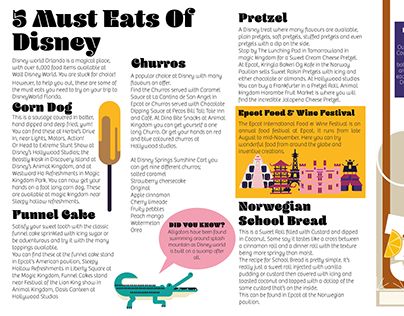The Grip Drawback is a straightforward and safe method to set outdoor tents person lines. It's also a fantastic strategy for backing out a persistent tent fix. It can likewise be used to develop a flexible tarp individual line where the change is made at the tent/tarp end. It works in high winds as it doesn't slide.
1. Bowline
Bowline is a knot that makes a loophole at one end of a rope. It's very easy to link and unknot, and it stands up to obstructing fairly well.
It's additionally a great knot to make use of for signing up with 2 lines with each other, although it's normally advised that you make use of a various method (such as a sheet bend or square knot) for this function, to prevent having the two different bowlines use versus each other with time and damage the line.
One possible trouble with bowlines is that they can conveniently jam or bind if the functioning end is inaccurately travelled through the bunny opening. Several crucial failings have actually been reported as a result of this, particularly when made use of in climbing up applications. To assist stop this from occurring, you can make a left-handed bowline by passing completion around the standing part of the loophole as opposed to with it, as displayed in the animation below. This variation apparently carries out far better and stands up to ring stress (a distending force applied either side of the knot) better than the basic bowline.
2. Hold Hitch
Using these gripping hitches to secure your individual lines aids you avoid the trouble of your line jamming while adjusting or tightening them. They are additionally helpful when attaching a line to an item that is more challenging to reach than your standing end, such as a tree or big support things.
The Grasp Hitch is a friction knot that can be easily shifted up or down the line while slack yet holds firm under tons. It is useful for tensioning ridgelines or guy lines and for camping applications to secure tarpaulins or tents.
To tie the Grip Drawback, pass the working end around the standing part twice and put it under itself. To tighten up, pull on the functioning end to produce a bight and after that use the bight to safeguard the knot to itself. For included security, you can cover the functioning end around the standing part 3 times to increase rubbing and stop the hitch from sliding under tons.
3. Midshipman's Hitch
Additionally referred to as the Taut Line Hitch (ABOK # 1856, p 310), Flexible Hitch, or Rigger's Drawback this knot creates a flexible loop at the end of a rope that can be glided up and down the standing end yet still holds snugly when tightened up. It is also easy to unknot while under lots.
Ashley recommends this knot for a tent individual line because unlike the bowline it can be linked while under lots and is much less vulnerable to twisting. It additionally develops an intermediate Awning Hitch that can take the preliminary load while linking the final Fifty tent stakes percent Drawback
To utilize this knot cover the functioning end around an item such as a post or cleat. Following pass it back towards the things through the first Half Drawback producing a 2nd Awning Hitch. Finally finish tying the last Fifty percent Hitch and pull hard to outfit and tighten. For added safety cover a 2nd Midshipman's Hitch on top of the initial.
4. Flexible Hold Hitch.
The Flexible Grip Hitch, additionally known as the Crawley Adjustable Hitch and the Adjustable Loophole Knot, is a rubbing hitch that can be conveniently changed up or down a line with slack yet holds firm under tons. It is frequently used for adjusting outdoor tents ridge lines or tarpaulins around camp.
This slide-and-grip knot supplies excellent hold and is much easier to connect than the Tautline Hitch or Midshipman's Hitch, however should not be used for crucial applications since it may slide when shock packed. It can be improved by adding added starting turns to boost the "hold" and rubbing in unsafe materials.
To link this friction drawback, pass the functioning end around the things, then wrap it back along with itself and put completion under the second turn. Pull the functioning end to tighten up the knot.
